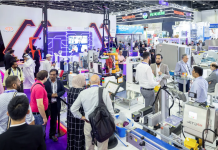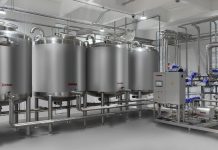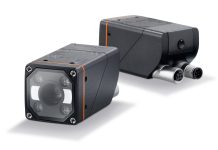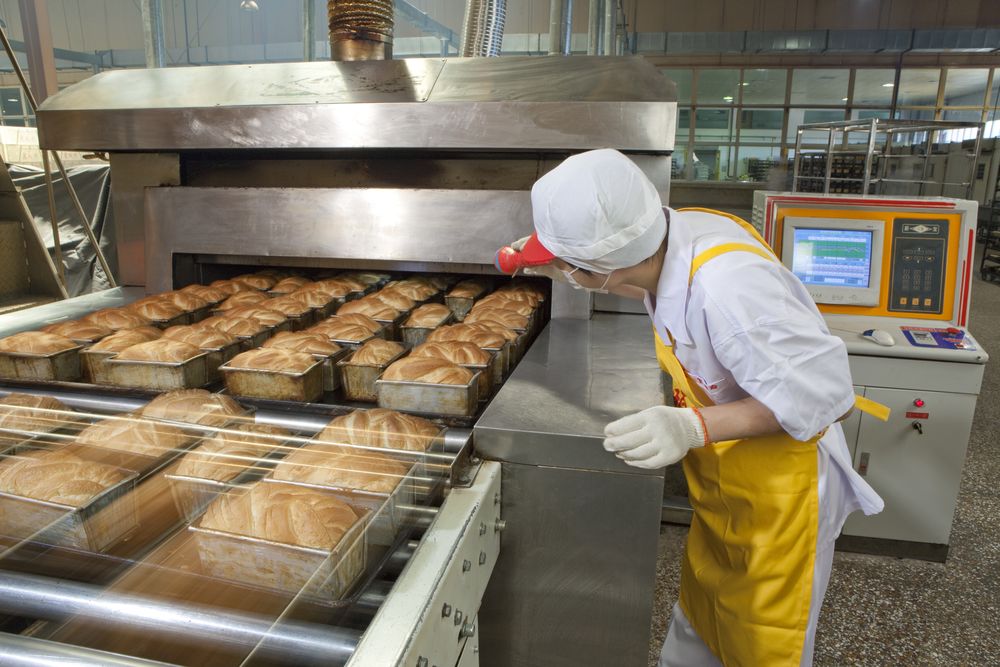 Several fields of application: traceability; higher energy efficiency; artificial vision systems; use of sensors, robots etc. Automation systems that react in real time to production variables, ensuring an increase in production and better quality of the finished product.
Several fields of application: traceability; higher energy efficiency; artificial vision systems; use of sensors, robots etc. Automation systems that react in real time to production variables, ensuring an increase in production and better quality of the finished product.
Industrial automation is an established reality for many food processing firms, although in certain sectors manual work still is of great importance. Automation-related technologies are gaining momentum, and embrace various fields of interest for the food industry, from traceability to the increase of energy efficiency, from the use of automation software to artificial vision systems, up to the use of sensors for predictive maintenance, the control of valves, filling levels, food presence etc.
Thanks to their reactivity and flexibility, automation systems can be programmed to react in real time to possible production variables, thus ensuring an increase in production and better quality of the finished product. The ability to reduce process variables thus ensuring an homogeneous quality leads to lowerf production costs and improved profits.
RFID and traceability
Within the scope of food traceability, the technological scenario is changing, offering companies many opportunities. In recent years radio-frequencies experienced a development that made it more performing, useful and convenient compared to the past. Thanks to RFID traceability solutions, the monitoring of food safety is more automated. Health authorities recorded an increased number of non-complying labels on food packages, with texts that prevent the final consumer from tracing down the raw materials used to produce the food product. Thanks to the variety of possible RFID applications, this technology is a possible option for the food firms wishing to protect their products from counterfeiting and provide full traceability.
RFID tags, in fact, allow to reliably identify the products even in demanding operating environments because the information contained in the RFID tag are readable at any time. RFID tags are a reliable alternative when classical identification methods such as bar codes are difficult to read, as for example when the available space does allow it, or when the material cannot be labelled. RFID identification is unique because every RFID tag is programmed with a unique code, and allows quick data acquisition without paper or typing errors in the report. Other advantages are reduction of working time; centralized device and warehouse management; the possibility of containing more data than a bar code, without the need of contact or sight-reading.
This technology allows the operator to increase the efficiency of all the processes of the food supply chain; reduce inventory time; precisely track products along the food production chain; reduce human error for identification purposes; ensure the distinction between an original and a counterfeit product. Some major brands use this technology to manage the supply of fruit and vegetables and trace their freshness. Low-frequency RFID tags are also used to trace livestock or single food products, such as oil, wine, cheese, meat.
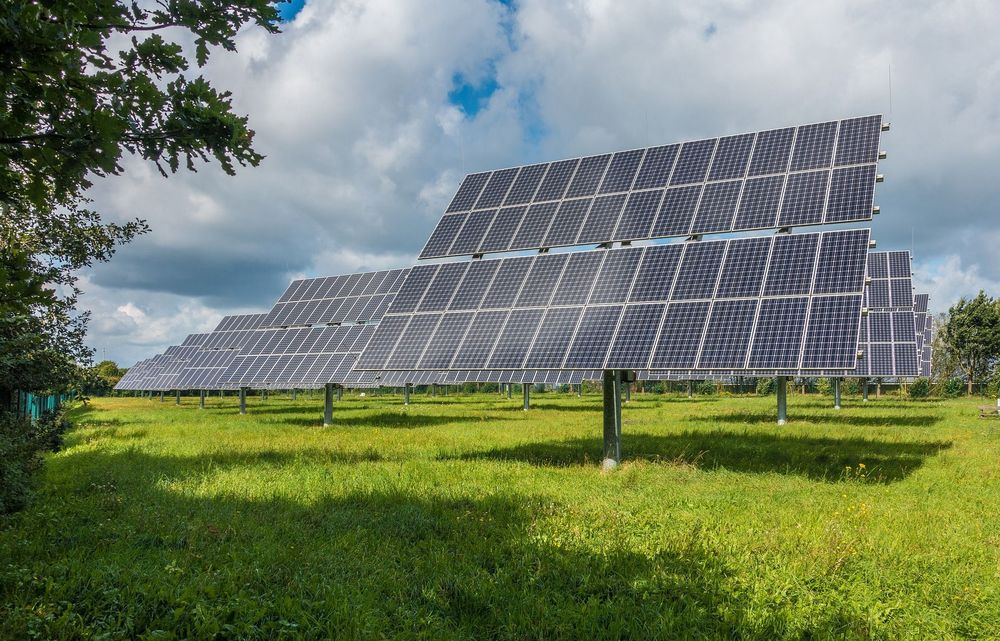 Automation and energy efficiency
Automation and energy efficiency
The food industry is energy-intensive, so much so that the agro-industry is responsible for 50% of CO2 emissions worldwide, considering also the pollution generated by packaging, logistics, etc. From the point of view of energy, the agri-food sector consumptions make up ca. 11% of industrial consumptions (data of the 2018 Annual Report on energy efficiency of ENEA), and energy consumptions for thermal energy and electricity significantly impact on the costs incurred by the food industry.
The adoption of automation tools by the food industry can lead to a significant reduction of energy costs. The effort of the companies of this sector, in addition to the diversification of energy sources and the increase in the contribution of renewable sources, goes towards the adoption of automation solutions. With automation and control systems, it is possible to maximize the energy efficiency of plants and buildings. As for the buildings, it is possible to adjust the automatic lighting or heating system according to real needs; to manage the climate in micro-zones; to automatically switch off the heating/cooling systems in a room if a window is opened; to control the lights via motion sensors.
Automation also assists in monitoring energy costs generated by water, air, gas, electricity and steam. Even in plants, the use of modern technologies such as IE5 high-efficiency motors, frequency converters, and intelligent systems for consumption monitoring allow to contain energy consumption.
Software&Automation: a winning combination
Computerized automation systems can provide valuable data on the use of the materials, and also keep track of the final production, starting from individual suppliers, thus ensuring total traceability. Software solutions can optimize the use of resources and can be integrated with Enterprise Resource Planning (ERP), i.e. the management software that integrates all the business processes of a company, such as sales, purchases, inventory management, accounting.
Together with ERP, even Manufacturing Execution Systems (MES) play an important role in encouraging the cooperation between design and production. ERP collects information related to working activities, in order to plan a better use of resources. MES handles detailed process instructions and design data. The integration of design and production contributes to reduce manual interventions, improved automation, and limits human errors, with considerable savings in terms of time, wastes and servicing. Food companies using IT systems, where the various activities are linked together, can reduce the training time on new products; their production lines are faster thus improving efficiency.
The role of the ERP is also that of managing inventory, orders, human resources, purchases, trading transactions. The software allows to see and access to everything that is happening in the company, to retrieve data, make changes and corrections, with handy real time reports. Real time vision of all operations entails more control, and productions in line with corporate standards. Integrated IT and control systems help food processing companies to control the different production processes, from raw materials reception to the mixing of ingredients, up to the different packaging steps. Decisions taken are reflected in real time on the production itself.
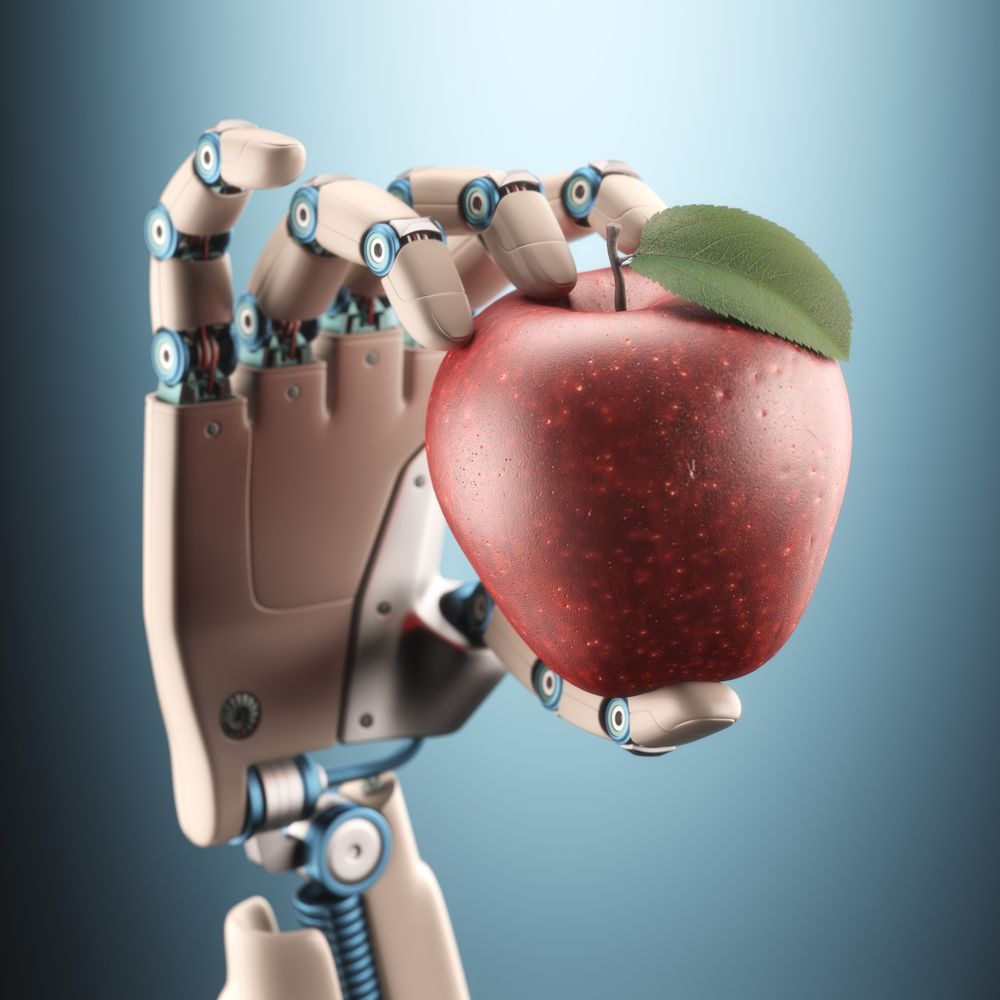 Use of robots
Use of robots
Robots are spreading more and more also in the food industry, and replace human resources in heavy, even repetitive and sometimes even dangerous works. They can be used for example in preparation lines, or in lines used for the supply and unloading of warehouses, in end-of-line, packaging and/or palletising systems. Robots are used for milking cows; cutting and portioning food products (such as cheese, bakery and confectionery products); packaging vegetables; stacking pallets; filling bottles; dosing ingredients; marking packages, and so on.
These solutions deliver productivity and profitability to the food processing industry. Robots in standard execution are not allowed for contact with food, with exception for those ensuring features such as suitability to work in sterile or clean rooms; lubrication with food-grade oils; and long working life even in case of very aggressive cleaning procedures.
Artificial vision systems
Artificial vision systems are becoming very important for the optimization of the automated production lines, as they guarantee an optimum control of the products even at high speeds – as for instance in filling, product cutting or end-of-line activities. Artificial vision system can use 2D or 3D vision cameras; CMOS sensors (Complementary Metal-Oxide-semiconductor) that run on batteries and can be used in adequately bright environments; and CCD (Charge-Coupled Devices), i.e. sensors that create images of good quality, which can be used in any light condition and powered via the electrical power supply.
Cameras can be connected to PC, to process images and to be easily integrated in existing production lines. With cameras, controls are performed on all products and not randomly; and non-complying products are rejected from the line thus ensuring that all products comply with company standards, thus cutting running costs. Controlled products are registered, for an optimal traceability, and all information is collected, analysed and stored, if required.
Thanks to vision systems a variety of problems can be detected: defects on different types of packaging; missing elements during the packaging; an unclosed package; incorrect application of label or barcode; the incorrect filling level of a tin or a bottle; the presence of trademarks and so forth. Vision systems can also be used to improve robot guidance during the various operations for which they are being used, as the cutting and portioning of moving foodstuff or the correct orientation of the products in the end-of-line.
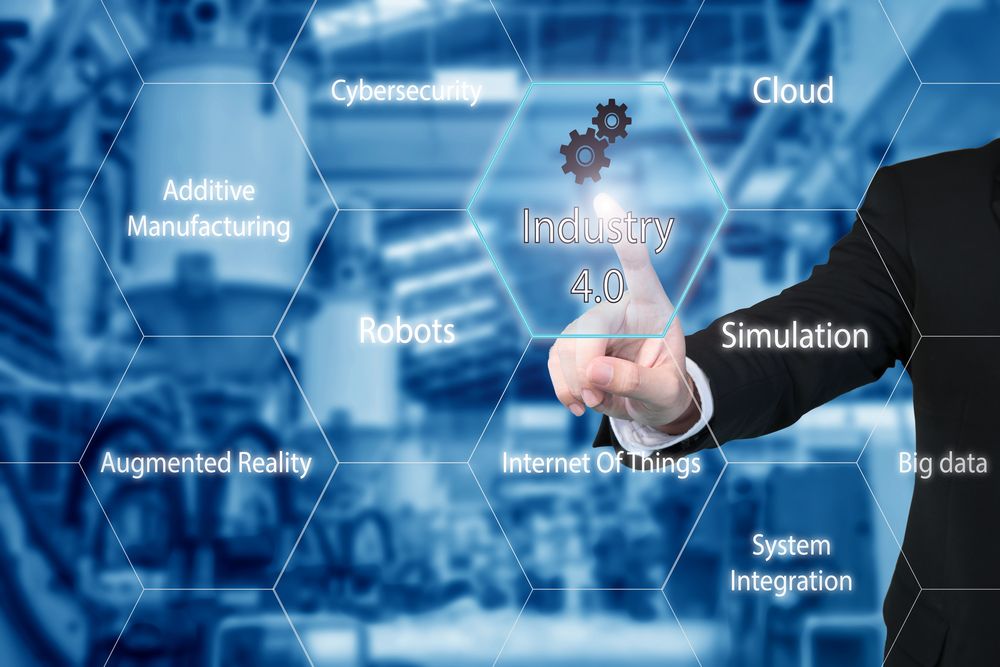 The use of sensors
The use of sensors
Sensors are used in various food processing steps as well as for the predictive maintenance of machines. The use of smart sensors, i.e. sensors which applied on an electric motor enable us to prevent the majority of fault causes in a car-engine. This allows companies to schedule maintenance interventions, avoiding unnecessary or unexpected machine stops. The sensor records mechanical, electrical and thermal informations on the monitored motor, for subsequent analysis. Photoelectric sensors show, for instance, the presence of portioned food arriving to the packaging stations.
Only when the food product has been detected, the packaging line is activated. Sensitivity parameters can be set for each format, stored in the memory of the sensor, and, if necessary, updated at a distance, by means of a PC. This facilitates the change of the production lot, without requiring any manual intervention with the consequent sanitization of a plant. Photo-electric sensors can be applied to filling machines, because they can detect the presence of containers, covers, labels and caps, the correct filling level, the position of packages during packaging activities. Inductive sensors withstand high pressure cleaning and aggressive chemical detergents:
Hence they can be used also in plants equipped with cleaning in place (CIP) and high pressure intensive cleaning. Inductive sensors are suitable for detecting the presence and position of equipment or tools in every phase; hence, for instance, in the transport of alimentary foodstuff in pipes, as well as liquid detergents and disinfectants in CIP systems. The valves control the flow of the various liquids from one station to the next, preventing contamination between the product and the washing liquids. Sensors are mounted on the valves actuators, to monitor the status of the valves, and to transmit informations in real-time to the centralized control system.

